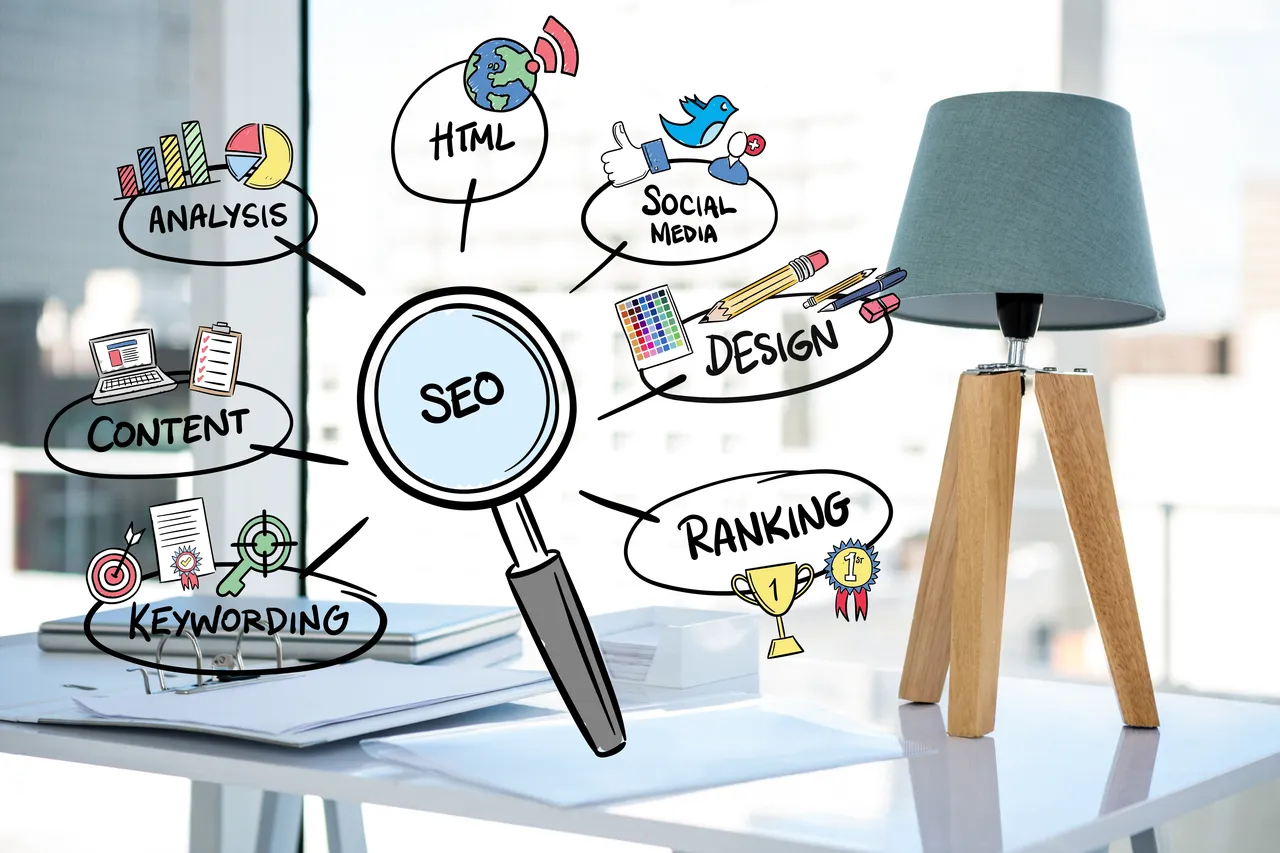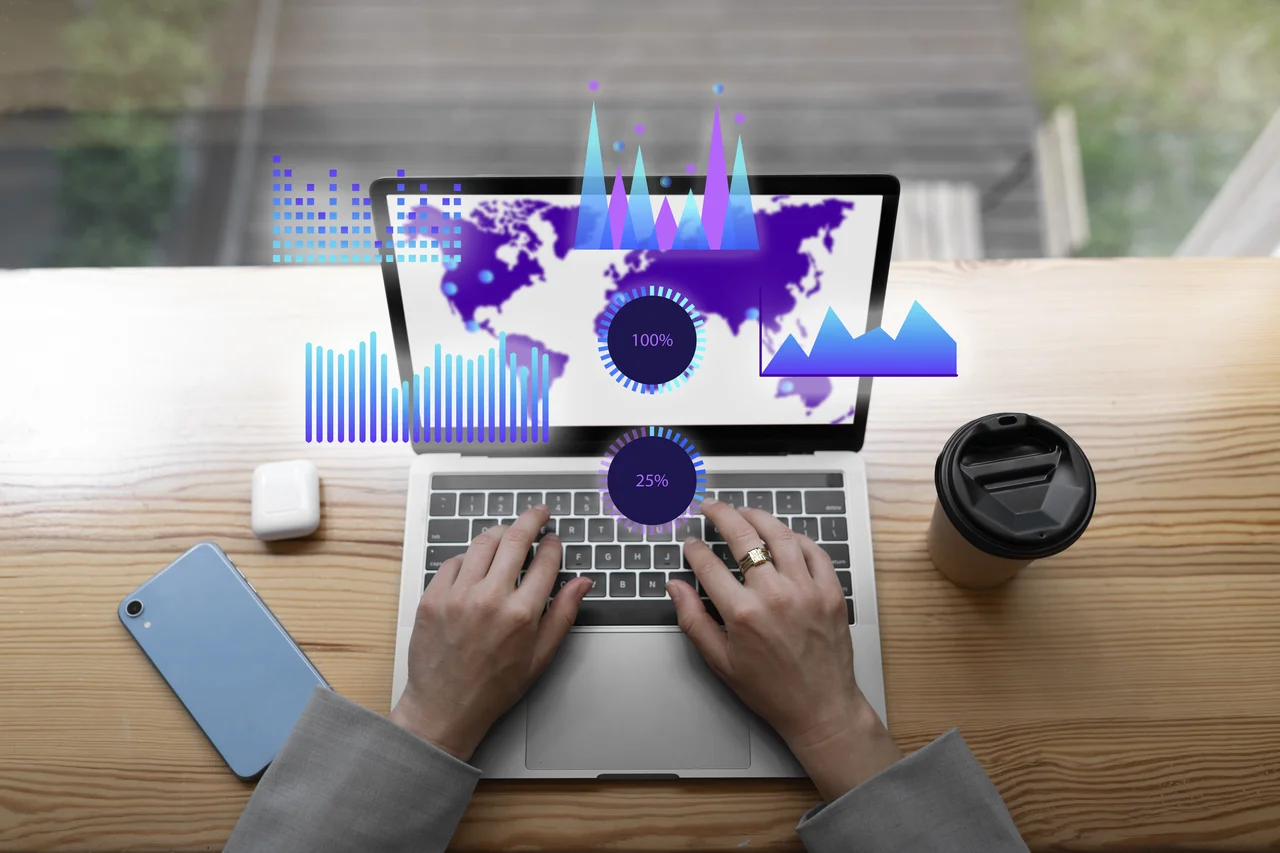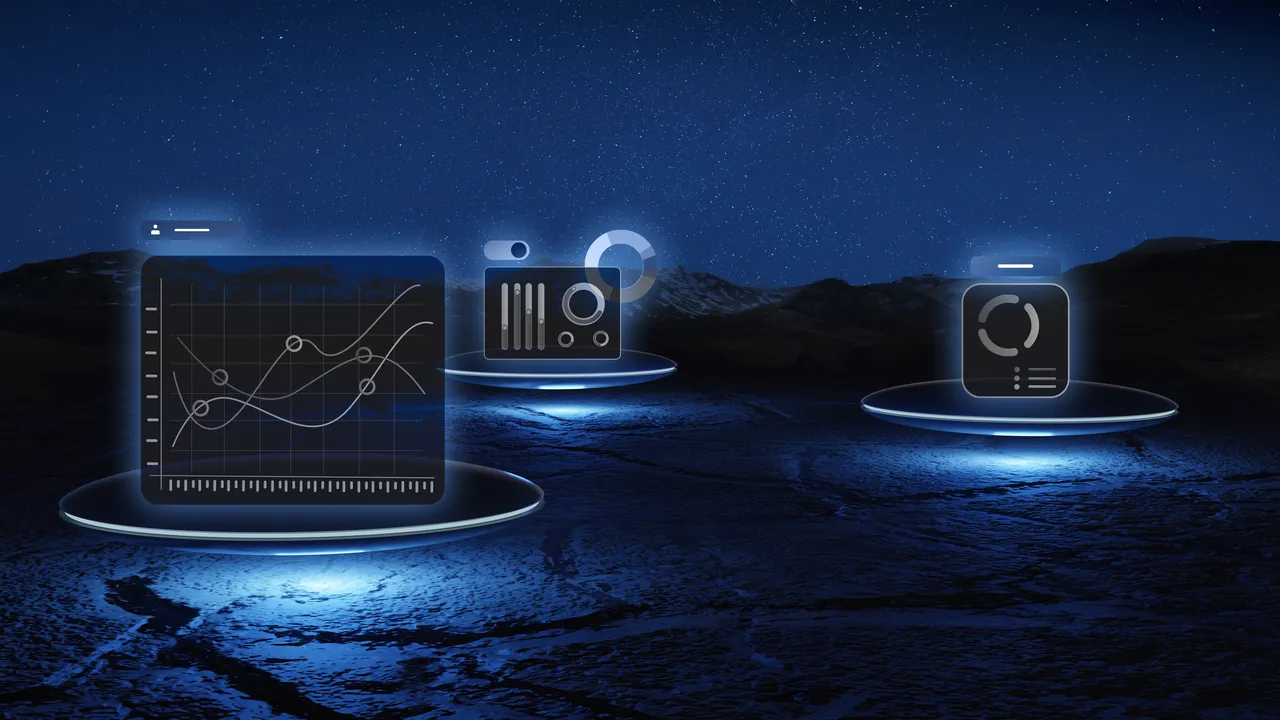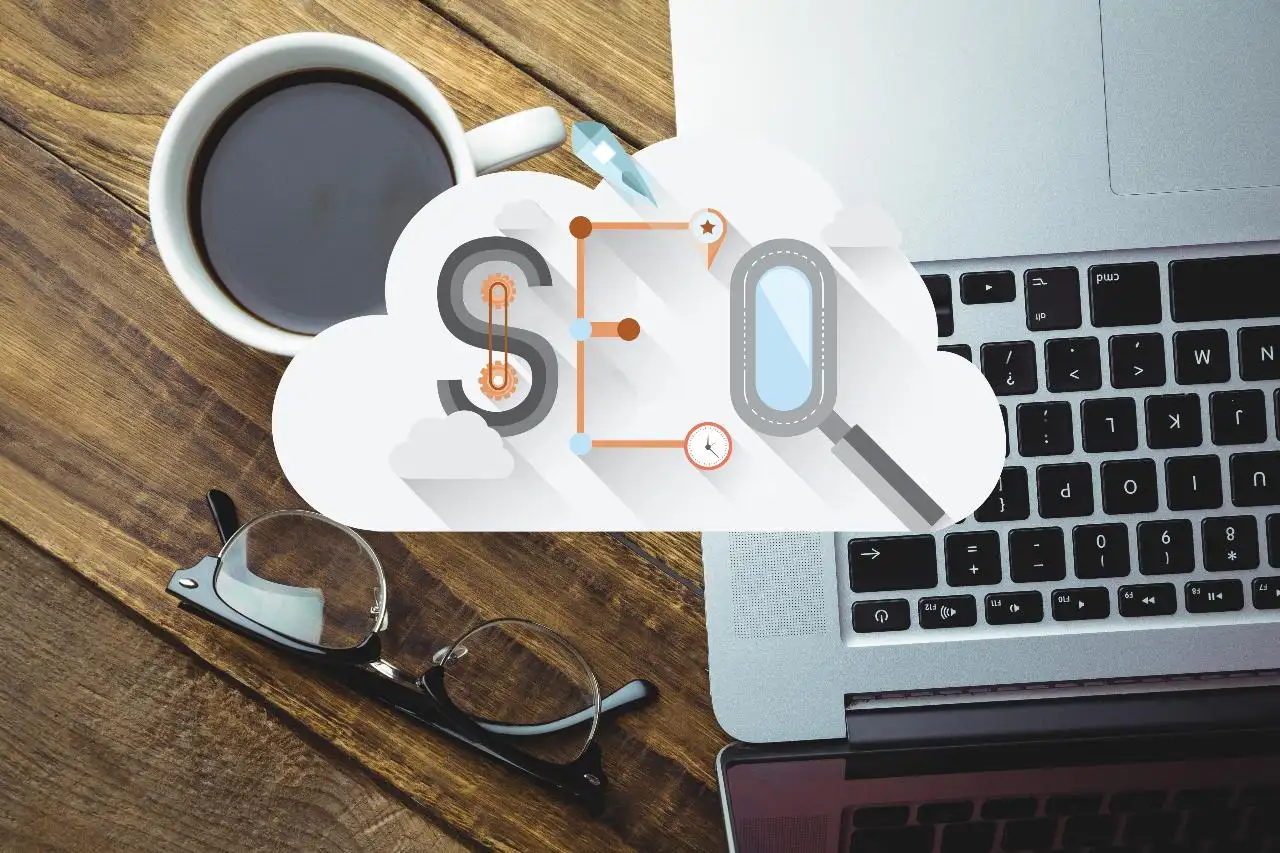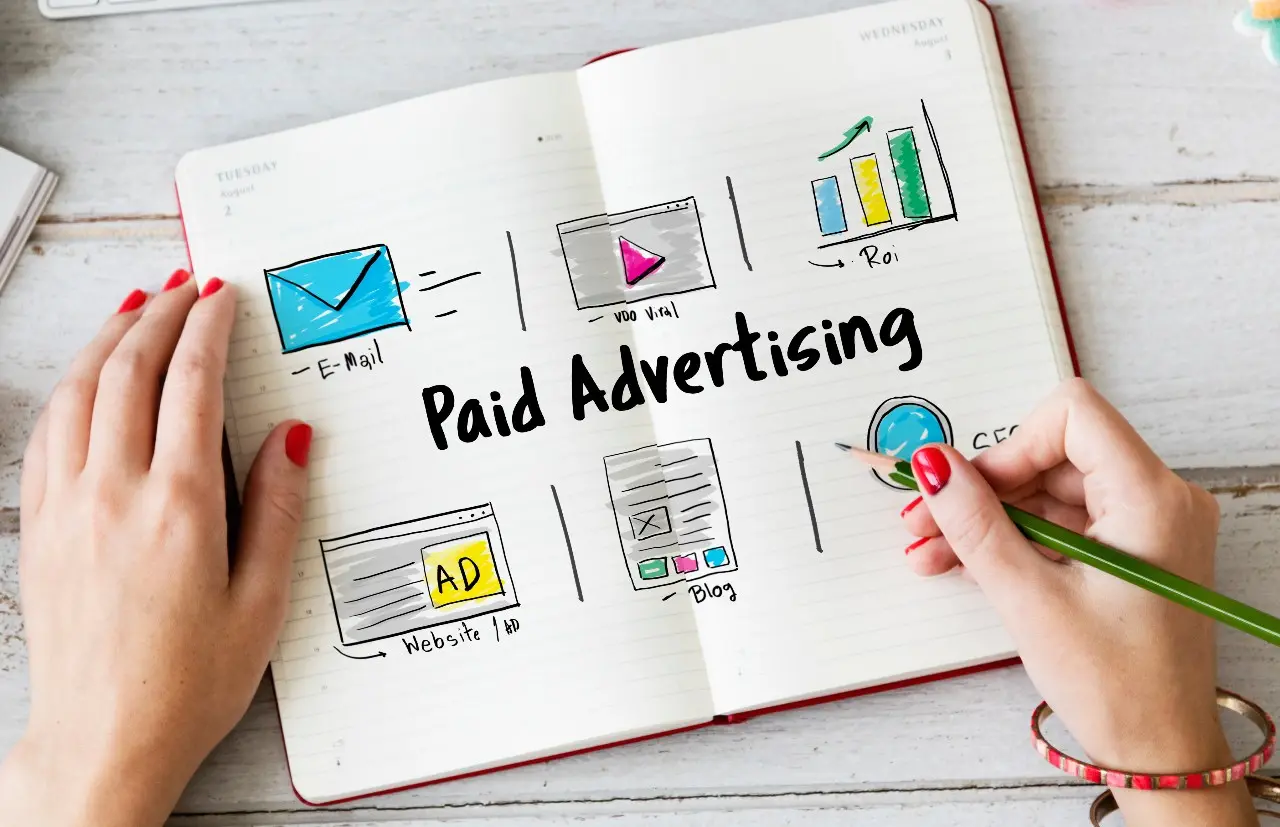Listen to article
B2B SEO Click Behavior: Short Queries vs Long-Tail
Are you making assumptions, or do you really know how your B2B audience behaves online?
Understanding B2B SEO behavior statistics is key to reaching your target audience, especially given the nuances of how B2B buyers search for information. Did you know that a significant portion of B2B buyers start their journey with a simple search query? Or that most readers only skim your carefully crafted content?
In this article, we’ll dive into the latest B2B marketing statistics on search habits, content engagement, website traffic growth, and paid search ad performance. Equip yourself with actionable insights to fine-tune your SEO and content strategies for maximum impact. Let’s get started.
Search Behavior in B2B: Making the Most of Organic Visibility
In the complex realm of B2B purchasing, search engines stand as the cornerstone for decision-making. Unlike impulsive consumer purchases, B2B buyers invest time in thorough research, seeking trusted sources of information to guide them. This reliance on search reflects an opportunity for businesses to position themselves as thought leaders and problem-solvers. By understanding how and why buyers search, brands can shape their SEO and content strategies to capture attention during these critical research moments.
- A striking 66% of B2B buyers use internet search results as their primary tool for gathering information before making any purchase, showcasing the vital role of organic search visibility. Source
- In comparison, only 35% of buyers turn to online advertisements, while just 23% depend on social media, further underscoring search engines as the dominant channel for B2B research. Source
- On average, a B2B buyer performs 12 Google searches before finalizing a purchase, revealing the importance of creating consistent, value-driven content that effectively addresses questions at various stages of their journey. Source
For marketers, these insights highlight one thing: capturing B2B buyers begins with understanding their search intent. Buyers are looking for solutions, comparisons, and insights, not sales pitches. To meet these needs, businesses need to adopt a thoughtful SEO strategy backed by a robust content plan that answers their most pressing questions. Pro Tip: Map out your content to align with your buyer’s journey—early-stage research content, mid-stage comparisons, and late-stage decision-making resources will keep your audience engaged and help nurture trust at every step.
How B2B Audiences Consume Written Content
The way B2B audiences interact with content offers unique insights into the art of crafting effective communication strategies. Most professionals are pressed for time, which directly impacts their online content consumption habits. This behavior reinforces the need for marketers to create content that caters to both quick skimmers and more focused readers who seek comprehensive insights.
- A significant 73% of individuals surveyed admit to skimming blog articles, reflecting a strong preference for quickly scanning content for the key takeaways. Source
- In contrast, only 27% of readers fully immerse themselves in a detailed reading experience, showing that deep engagement is far less frequent. Source
This stark division poses a challenge and an opportunity for B2B marketers. Failing to address the skimmer-heavy audience risks losing readers before they even grasp your core message. At the same time, overlooking the minority of in-depth readers can alienate those seeking more robust content. To strike the right balance, savvy marketers should design their content with dual functionality: eye-catching, skimmable layouts for quick readers and deeper sections for analytical audiences.
Pro Tip:
Combine visual hierarchy with layered content. Use headlines, subheadings, and bullet points to ensure skimmers can instantly identify critical points. For comprehensive readers, include deeper insights, downloadable resources, or “Read More” sections that expand on the main ideas. This dual approach maximizes engagement across diverse reader preferences without sacrificing clarity or authority.
For businesses looking to refine their B2B content strategies, considering broader approaches like B2B website strategy can help ensure that all aspects of digital communication align with audience behavior and expectations.
Prioritizing Website Traffic Growth
Driving traffic to the company website remains a primary goal for B2B marketers. A strategic focus on inbound marketing tactics is essential to achieving this objective.
- More than half, specifically 54%, of marketers identify growing traffic to their company website as a top inbound marketing priority for the upcoming year. Source
Increasing website traffic is a key focus for B2B marketers, highlighting the importance of effective inbound marketing strategies. By focusing on SEO, content marketing, and social media, B2B companies can attract more qualified leads and improve their online visibility. Pro Tip: Invest in a comprehensive content strategy that addresses the needs of your target audience and drives organic traffic to your website. For businesses looking to implement a holistic approach, full-service marketing can help streamline efforts by combining SEO, content marketing, and other essential tactics into a unified strategy.
Understanding the Impact of Paid Search Ad Formats
When it comes to B2B marketing campaigns, not all ad types are created equal. With limited budgets and increasing competition in search engine advertising, understanding which formats drive the most engagement is crucial. For businesses seeking to make the most of their advertising spend, text-based ads are a clear front-runner. Their simplicity and relevance resonate with the intent-focused behavior of B2B audiences who often prioritize quick, actionable information.
-
Text-based paid search ads capture the largest share of clicks, with 49% of users engaging with them. Source
-
Shopping/product listing ads attract 31% of clicks, carving out an important role for businesses in eCommerce or physical product industries. Source
-
Video ads trail with 16% of the clicks, likely due to their visual nature being better suited for brand awareness than immediate conversions. Source
Takeaway: More Than a Click—It’s the Intent That Matters
Text ads have earned their dominance because they align with the specific intent of B2B users searching for solutions or information. However, this doesn’t mean other formats should be overlooked. Shopping ads are invaluable for businesses with tangible products, while video ads can drive awareness and engagement in the early stages of the buyer’s journey. To truly maximize your ROI, test different formats and match them to your audience’s intent at various touchpoints in their decision-making journey.
Pro Tip:
Don’t just rely on standard ad templates. Experiment with ad copy that highlights your unique value proposition and incorporate data-driven insights to identify the search terms that resonate best with your audience. Tools like Google Ads Editor or platforms like SEMrush can help you optimize your campaigns for maximum impact.
Conclusion
Understanding B2B SEO behavior statistics offers invaluable insights into how businesses can fine-tune their marketing strategies for maximum impact. From the dominance of organic search in the buyer’s journey to the nuanced ways audiences consume content, these trends highlight the importance of meeting your target market where they are—whether it’s through well-optimized search content, skimmable blog formats, or strategic ad placements. Each statistic tells a story: one that elevates the need for precision, relevance, and adaptability in your approach.
As B2B buyers increasingly rely on search engines to guide their purchasing decisions, the opportunity to capture their attention lies in creating content that not only ranks but also resonates. And while organic traffic remains a top priority, a balanced integration of paid strategies can further amplify your reach, particularly when coupled with data-driven adjustments.
Ready to boost your traffic and grow your website? Your customers are looking for you, and our SEO services can help you be found across search engines. Let’s turn insights into action and position your business for long-term success in the ever-evolving digital landscape.
About Creating B2B SEO Click Behavior: Short Queries vs Long-Tail
This guide was written by the Scopic Studios team and reviewed by Araksya Hakobjanyan, SEO Lead at Scopic Studios.
Scopic Studios delivers exceptional and engaging content rooted in our expertise across marketing and creative services. Our team of talented writers and digital experts excel in transforming intricate concepts into captivating narratives tailored for diverse industries. We’re passionate about crafting content that not only resonates but also drives value across all digital platforms.
Note: This blog’s images are sourced from Freepik.









